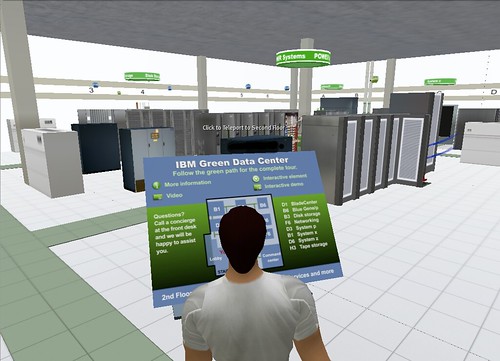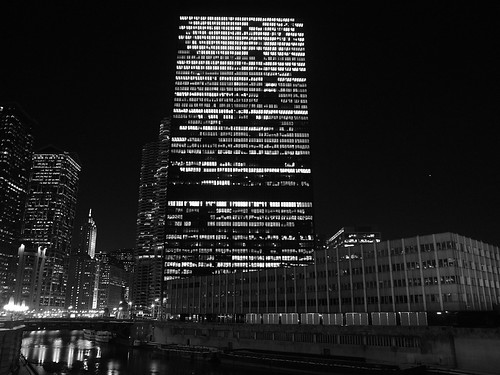Rich Lechner is IBM’s VP Energy and Environment.
I first met Rich at the Pulse 09 event in Las Vegas earlier this year where he gave a great talk on Sustainability & the role of IT.
Rich has agreed to come on the GreenMonk show monthly to give us a state of the ‘sustainosphere’ from an IBM perspective!
This is month one and we are talking Water – among the many interesting water-related items, watch out near the end for Rich’s alluding to using Demand Response for water flow management!






